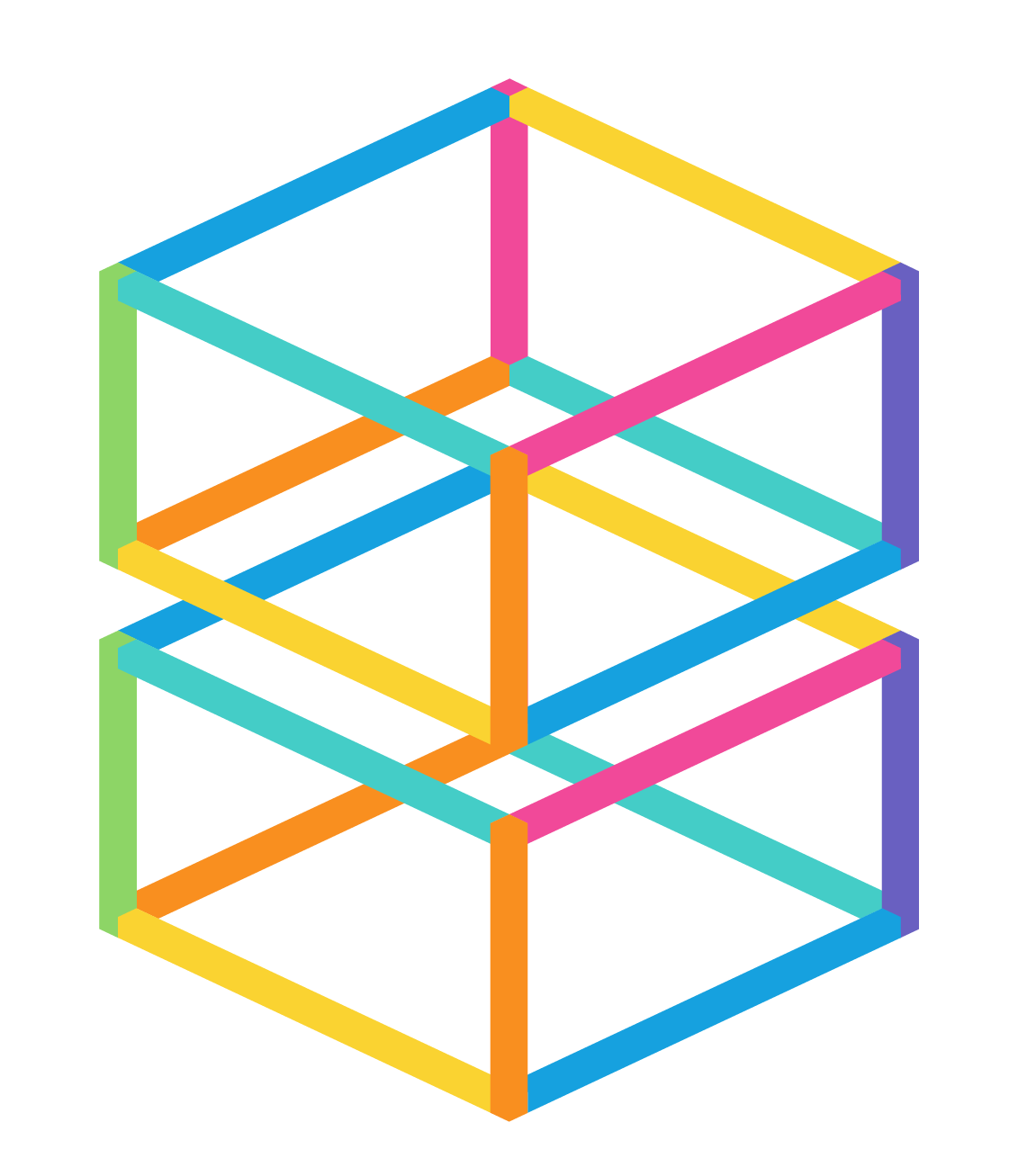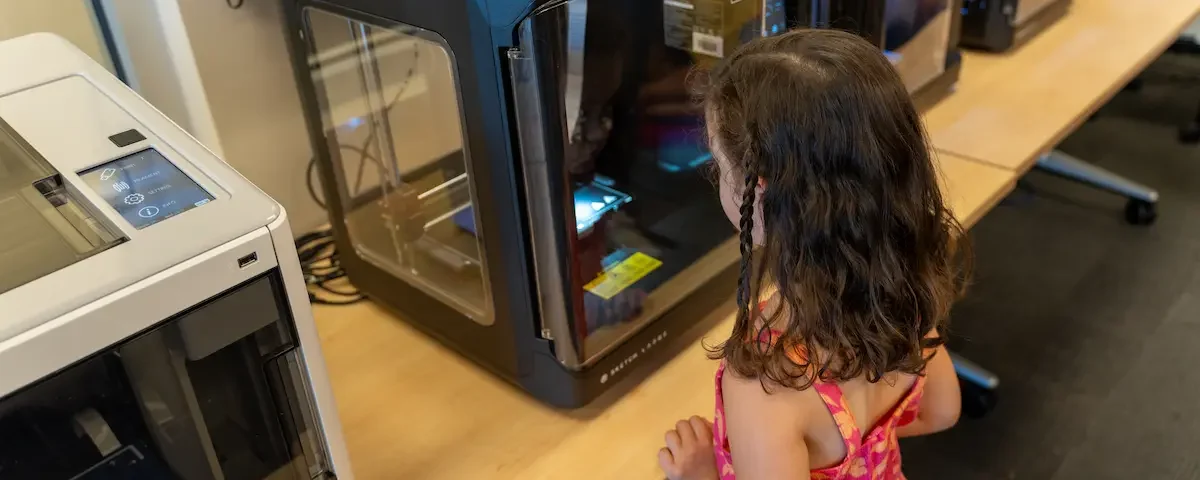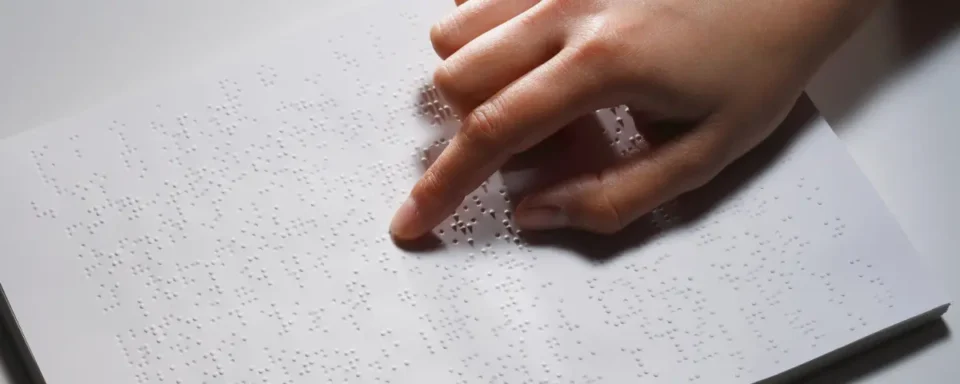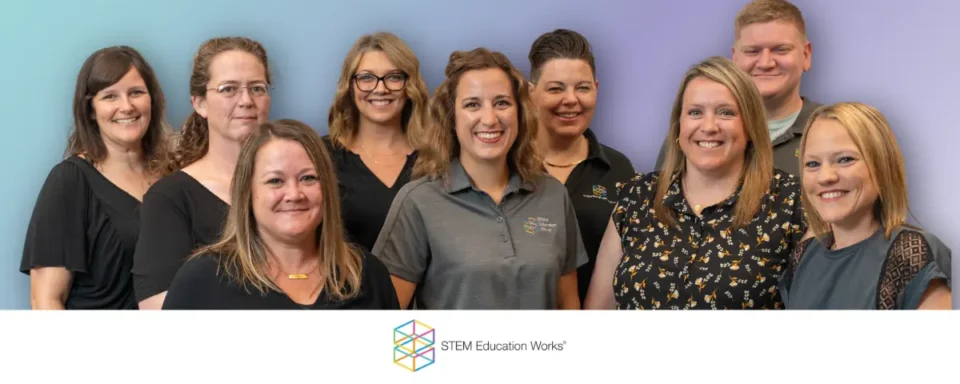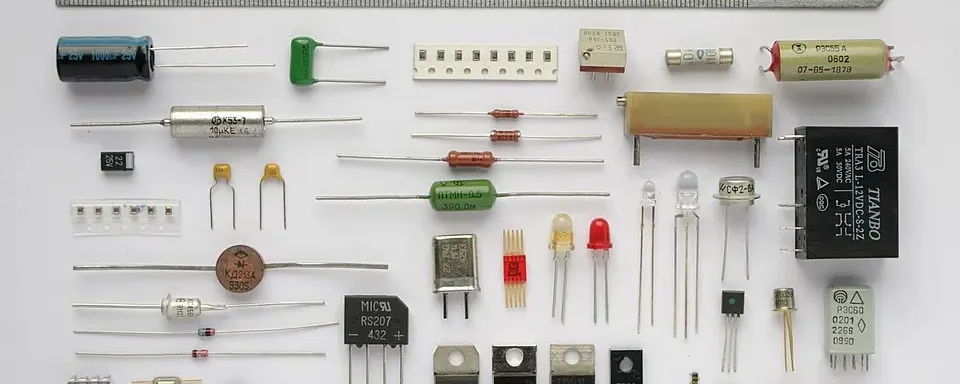
Scanning the Skies with the New Vera C. Rubin Observatory
August 1, 2025
STEM Career Connections Start Early: Celebrate Techie Kids This National Techies Day
October 1, 2025Why STEM Career Readiness Matters
If you’ve spent time in a classroom lately, you know how quickly the world is changing around our students. The careers they’ll step into may look very different from the ones we grew up imagining. In fact, the U.S. Bureau of Labor Statistics predicts that STEM jobs will grow nearly twice as fast as other careers over the next decade. That’s exciting – but it also means educators are preparing kids for jobs that don’t even exist yet.
And here’s the tricky part: it’s not just about what students know, it’s about what they can do. Employers aren’t only looking for memorized facts or the ability to pass a test. They want young people who can think critically, solve problems, work with others, and adapt when things don’t go as planned. Honestly, those are the same skills we rely on every single day in the classroom.
This is where hands-on STEM learning makes all the difference. Tools like 3D printing, coding, and robotics give students a chance to practice career-ready skills long before they enter the workforce. Instead of just reading about a concept, they get to design, test, and see how it works in real life. And while these tools can feel intimidating at first, they can also open the door for some of the most engaging, authentic learning experiences we can offer.
Hands-On STEM in Action: 3D Printing, Coding, and Robotics
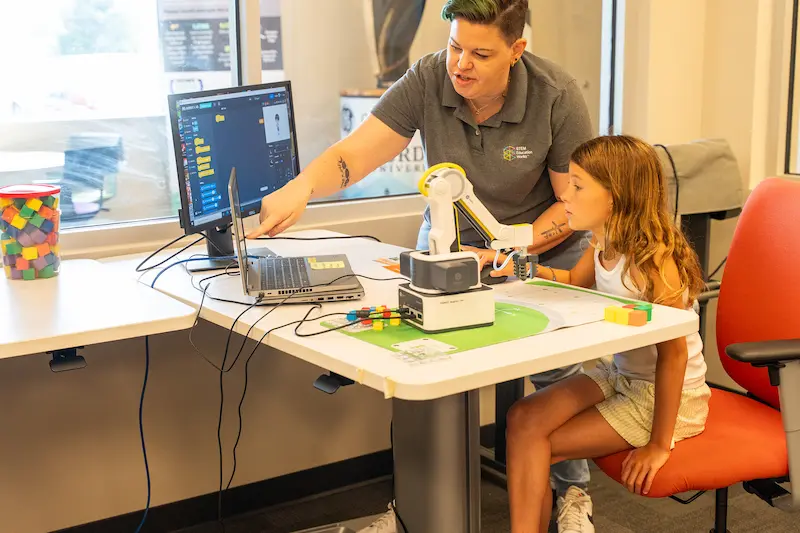
When we talk about hands-on STEM, it’s easy to get caught up in the tools – but really, it’s about what students are doing with those tools. Take 3D printing, for example. Students can design something on a computer and watch it come to life layer by layer. It makes abstract ideas tangible, connects math and science to real-world applications, and encourages creativity and iteration. Even small projects – like printing simple shapes or prototypes – teach design thinking, problem-solving, and persistence.
Coding offers a different kind of magic. At its core, coding is just giving instructions to make something happen—but it’s also a chance for students to practice logical thinking, experiment, and be creative. Younger learners might start with block-based programs like Scratch, while older students can explore Python or JavaScript. And the best part? You don’t have to be a coding expert. Figuring it out together with your students models resilience and shows that learning is a lifelong process.
And finally, robotics, where all these skills come together. Building and programming robots teaches students how to collaborate, troubleshoot, and connect multiple concepts – engineering, coding, math, and science – in a single project. Watching a robot move or solve a challenge gives immediate feedback, sparking curiosity and excitement. Even when things go wrong (and they often do!), students are practicing exactly the kind of problem-solving and teamwork they’ll need in real-world STEM careers.
And what do all of these things have in common? They all help students see themselves as capable creators, problem-solvers, and innovators, laying the foundation for future STEM opportunities.
Preparing Students for Tomorrow, Today
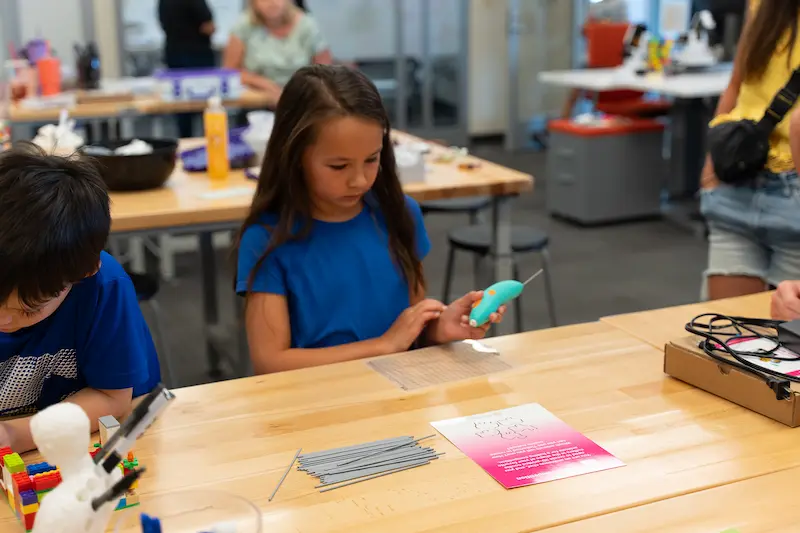
Teaching STEM isn’t just about mastering a tool or a program – it’s about helping students practice the skills they’ll need in the real world. Whether it’s 3D printing, coding, or robotics, these hands-on experiences give students the chance to design, create, troubleshoot, and collaborate – just like professionals do every day.
It can feel overwhelming to introduce new technology into your classroom. There are already so many expectations on your shoulders without adding more things. Please remind yourself that it’s okay just to incorporate one new concept. And it’s okay to learn alongside your students. Sometimes the best learning happens when you figure things out together with your students. That shared problem-solving models resilience, creativity, and curiosity, which are exactly the skills we want to foster.
So, don’t worry about doing it “perfectly.” Start small, celebrate the wins, learn through trial and error, and let your students’ curiosity guide the way. After all, preparing students for tomorrow doesn’t have to happen all at once – it happens every time we let them try, fail, and try again.
STEM Education Works provides educators and youth advocates with the hands-on tools, curriculum, and training to bring STEM learning to life. From coding and robotics to 3D printing and laser cutting, their solutions spark curiosity, build real-world skills, and prepare students for the future. Learn more about what we do through our socials, Facebook, Twitter, Youtube, LinkedIn, Instagram, and TikTok.
